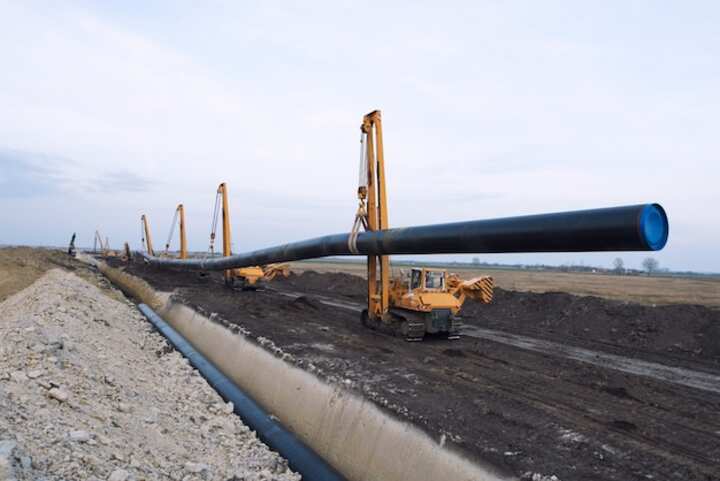
Expert Guide to Tub Shower Faucet Installation for Your Bathroom Upgrade
Upgrading your bathroom with a new tub shower faucet can dramatically enhance both its aesthetic appeal and functionality. Whether you're looking to replace an outdated fixture or install a new setup from scratch, understanding the installation process is crucial for a successful project. This expert guide will walk you through the steps of tub shower faucet installation, ensuring your bathroom upgrade is both seamless and effective.
Understanding Your Tub Shower Faucet Options
Before diving into the installation process, it's important to understand the various types of tub shower faucets available. This choice will affect both the functionality and style of your bathroom. Here are the main types:
- Single-handle faucets: These are convenient and easy to use, allowing control of both water temperature and flow with a single handle.
- Double-handle faucets: Offering separate controls for hot and cold water, these provide more precise temperature adjustments.
- Thermostatic faucets: Designed to maintain a constant water temperature, these are ideal for families with children or elderly members.
Choosing the right faucet involves considering your specific needs, preferences, and the existing plumbing setup. Explore further insights here on selecting the best faucet for your bathroom.
Essential Tools and Materials
Having the right tools and materials at hand will make the installation process smoother and more efficient. Here's a checklist of what you'll need:
- Adjustable wrench
- Pipe tape (Teflon tape)
- Screwdriver set
- Plumber's putty
- Measuring tape
- Bucket or container for water drainage
Ensure you have these tools ready before starting the installation process. Read more about this topic to ensure you are fully prepared.
Step-by-Step Installation Process
The tub shower faucet installation process can be broken down into several key steps. Follow these carefully to ensure a successful installation:
Step 1: Shut Off Water Supply
Before commencing any plumbing work, it is crucial to shut off the water supply to prevent leaks and flooding. Locate the main water valve and turn it off. You can double-check by turning on the existing faucet to ensure no water flows out.
Step 2: Remove the Old Faucet
Using an adjustable wrench, carefully loosen and remove the nuts securing the old faucet in place. If the faucet is stuck due to corrosion, apply a penetrating oil to aid removal. Collect any water that may spill using a bucket.
Step 3: Prepare the Plumbing Connections
Clean the threads on the plumbing connections and apply pipe tape to ensure a good seal. This step is crucial in preventing leaks once the new faucet is installed.
Step 4: Install the New Faucet
Position the new faucet onto the plumbing connections and hand-tighten the nuts. Use an adjustable wrench for a final secure fit, ensuring not to overtighten, which could damage the connections.
Step 5: Seal and Test
Apply plumber's putty around the base of the faucet to create a watertight seal. Turn the water supply back on and test the faucet for any leaks or issues. Adjust as necessary to ensure proper operation.
For comprehensive guidance on plumbing projects, learn more in this detailed guide.
Tips for a Successful Installation
Here are some additional tips to ensure your tub shower faucet installation is successful:
- Always use high-quality materials to ensure durability and longevity.
- Consult a professional plumber if you encounter complex plumbing issues.
- Regularly maintain the faucet to prevent mineral buildup and corrosion.
For more expert advice and support, find additional information here on maintaining your bathroom fixtures.
Conclusion
Installing a new tub shower faucet is a worthy investment that can transform your bathroom's functionality and appearance. By following this expert guide, you can achieve a professional-grade installation that meets your needs and enhances your home's value. Remember to research and plan carefully, ensuring each step is executed with precision. Explore further insights here for more detailed plumbing guidance.